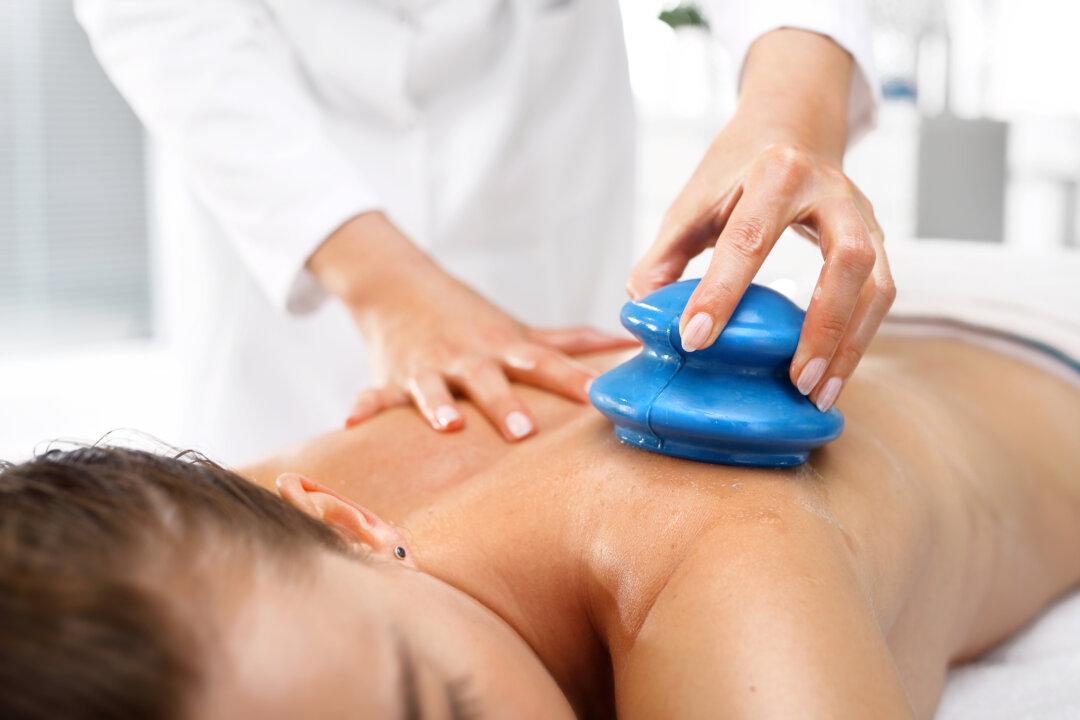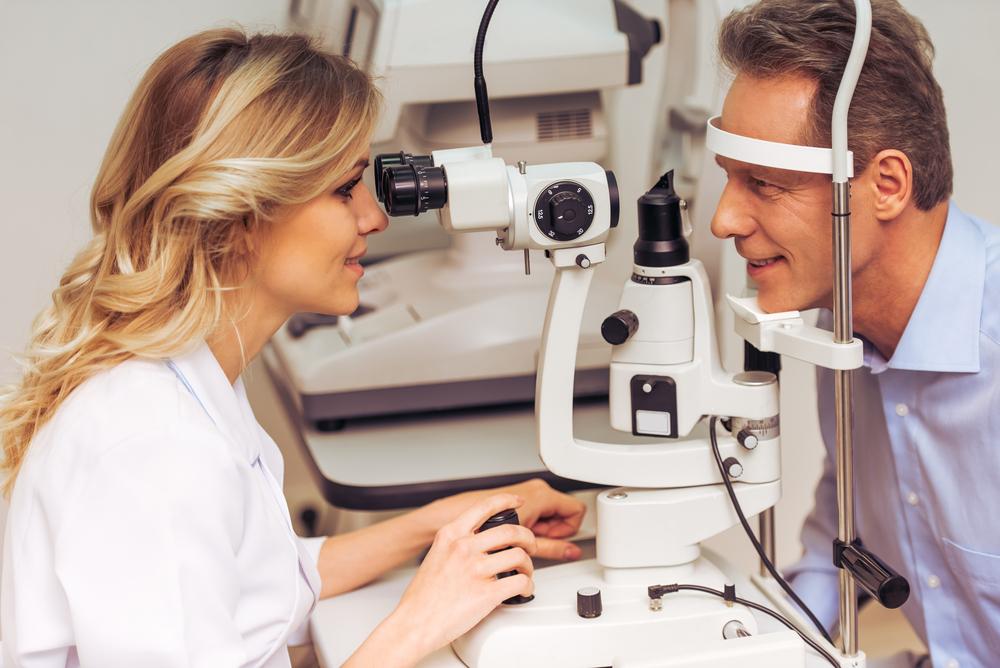Before you turn to prescription painkillers and muscle relaxers for your aching back, try these helpful hacks first!
If you woke up with a stiff and sore back this morning, you are far from alone. More than 80 percent of us experience low back pain at some point in our adult lives, and more than 264 million work days are lost to this common malady in just one year, making it the second most common disability. For 1 in 5 of us, that back pain becomes chronic.






